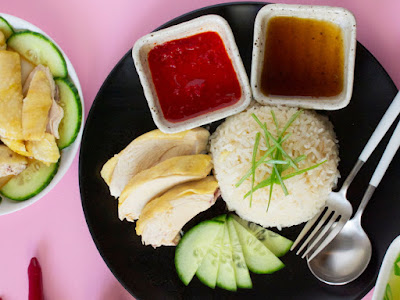Not so long ago, I covered Vietnam's emergence as a major assembly hub for South Korea's Samsung [1, 2]. In the years since, it's developed a reputation as a reliable production center for MNCs. It was perhaps inevitable that Apple, frustrated like many others with the PRC's lockdown shenanigans, would look to set up shop elsewhere. Voila! Apple is coming to Vietnam:
For the first time ever Apple is moving some iPad production out of China and shifting it to Vietnam after strict COVID lockdowns in and around Shanghai led to months of supply chain disruptions, Nikkei Asia has learned.
The U.S. company has also asked multiple component suppliers to build up their inventories to guard against future shortages and supply snags, sources said.
China's BYD, one of the leading iPad assemblers, has helped Apple build production lines in Vietnam and could soon start to produce a small number of the iconic tablets there, people with knowledge of the matter said.
To be sure, Apple already makes its wireless earphones in Vietnam. It makes business sense: experiment first with some components, and then shift further assembly work if things go well:
The iPad will become the second major line of Apple products made in the Southeast Asian country, following the AirPods earbud series. The move highlights not only Apple's continuous efforts to diversify its supply chain but also the growing importance of Vietnam to the company.
Also keep in mind that Vietnam is still mostly an assembly hub--stick socket A into socket B sort of mundane work. Many of the components for the "Vietnam-made" iPad will still come from, you guessed it, China. Hence, Apple wants to bolster supplier capabilities in parts of China that have a lower likelihood of being shut down based on the historical record:
To further guard against supply chain disruptions, Apple has also asked suppliers to build up additional supplies of components such as printed circuit boards and mechanical and electronics parts, especially those made in and around Shanghai, where COVID-related restrictions led to shortages and logistic delays. In addition, the company has asked suppliers to move quickly to secure supplies of some chips, especially power-related ones, for the upcoming iPhones.
In particular, Apple is asking suppliers outside of the lockdown-affected areas to help build up a couple of months' worth of component supplies to ensure supply continuity over the next few months. The requests apply to all of Apple's product lines -- iPhones, iPads, AirPods and MacBooks -- sources said.
The next step in Vietnam's development is therefore obvious: to move from assembly to manufacturing components as well following in China's footsteps before it became lockdown land.


